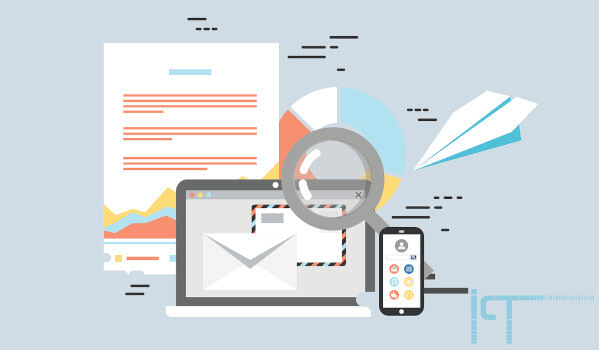Tax administration, technology and development

ICT as a Strategic Tool to Leapfrog the Efficiency of Tax Administrations
Chapter 1. Why Improve the Tax Administration’s Efficiency and the Role of Information and Communications
What do malaria prevention, efficient financial markets, access to clean water, a reliable judicial system, street safety or maintenance of transport infrastructure in a country have in common? Apart from the fact that they can all be considered as desirable objectives; they all need funding and a high level of collective action.
In the face of these challenges, external international aid can cooperate to initiate the processes or to confront situations of extreme need, but sustainable development in the medium and long term makes it essential to rely on the specific resources and management capacity of each country.
And this is where the role of the tax administrations comes in.
However, it is obvious that not all countries are on an equal footing to have their tax administrations take on these challenges:
In the context described, the challenges faced by the tax administrations of developing countries are enormous and they cannot wait for the degree of global progress in their territories to allow them to adopt the “classic” procedures that have been followed by the most advanced countries. In order to make a qualitative leap and to cut distances they need to adopt the most advanced procedures and technologies more directly.
Payments through mobile applications without going through the complete development of the banking system. Preparation of cadasters with satellite support without waiting for an army of experts to visit each site. Establishing electronic mailboxes rather than relying on urban planning and mail systems to determine the geographical location of taxpayers. Electronic invoicing over the ability to demand and control huge volumes of physical documentation. Computerized information systems and taxpayer service without waiting to be able to provide service in physical offices, etc., etc.
To make this leap, it is essential to start from the experience of those countries that have experienced situations similar to those existing in lower income countries, which are aware of their difficulties and have overcome the (almost) inevitable failures in a transition of this caliber, in many cases relying on regional collaboration organizations such as CIAT.
Contributing to making this change possible is the objective of the book we are presenting to the entire tax community through this series of blogs, which is the result of CIAT’s collaboration with the Bill and Melinda Gates Foundation (BMGF), with the participation of more than 36 technology and tax experts.
As we shall develop in summary form through this channel through the different entries linked to each of the chapters -and as may be consulted in greater detail in the book-, the transformation of the tax administrations of the less developed countries through the adoption of new information and communication technologies is not an easy path; it presents a high level of demand in their planning and in the institutional reform of the organizations. But, at the same time, we are convinced that it represents an almost unique opportunity to overcome the limitations they face and build new administrations prepared to meet the society’s demands in a fair and efficient manner.
5,309 total views, 5 views today
